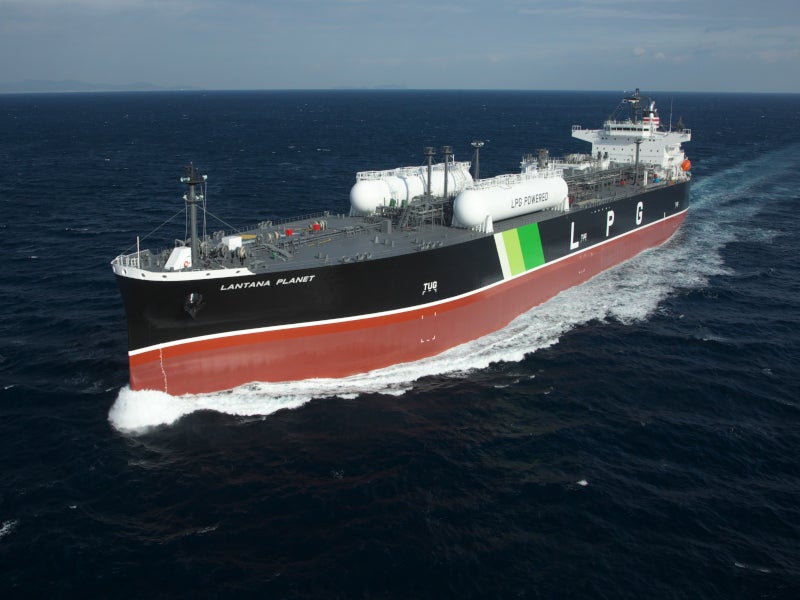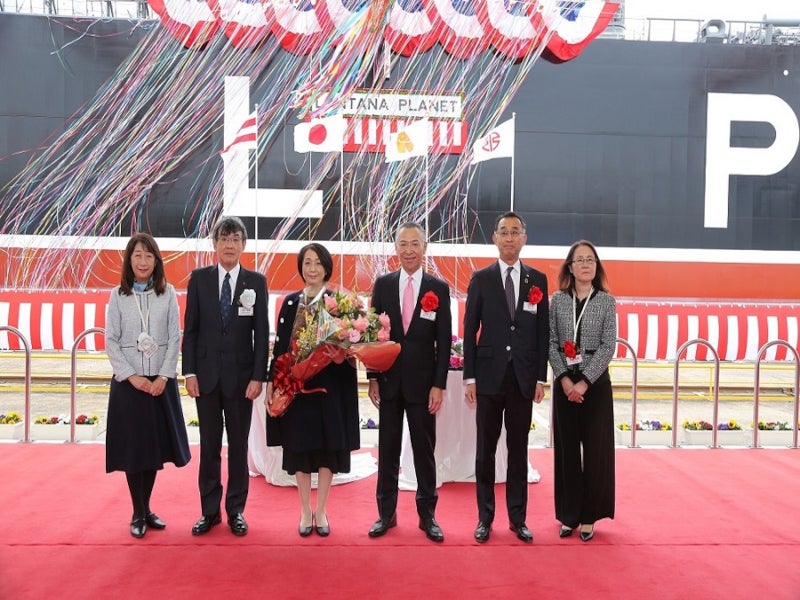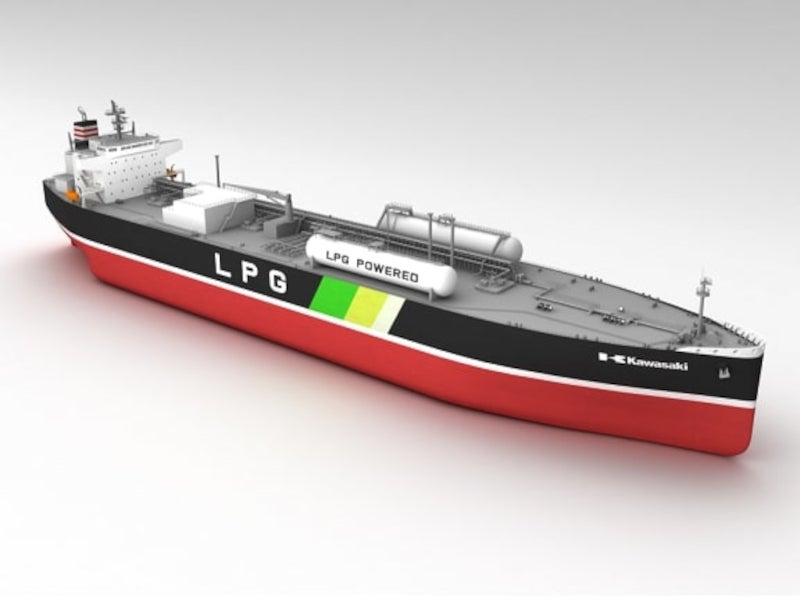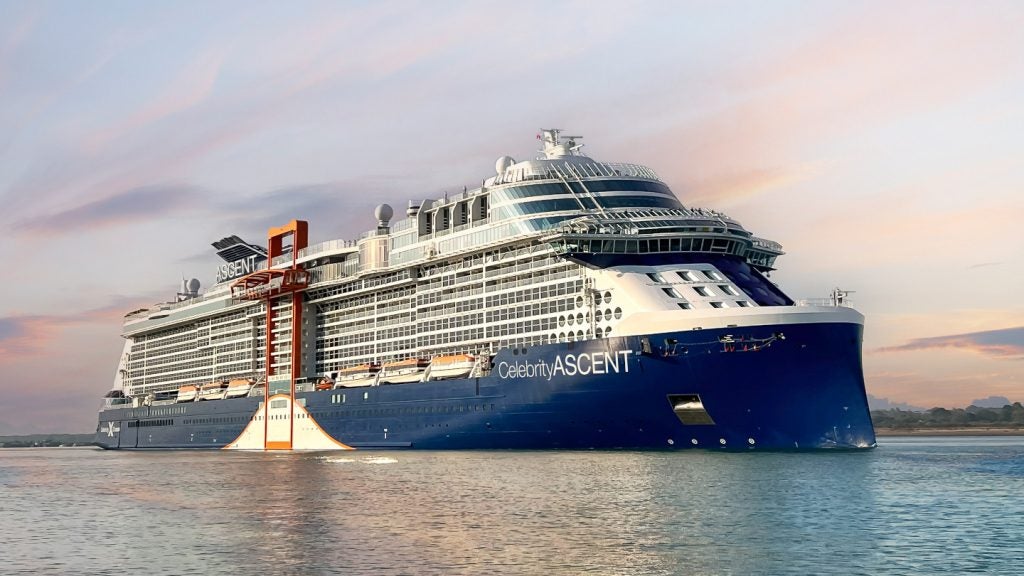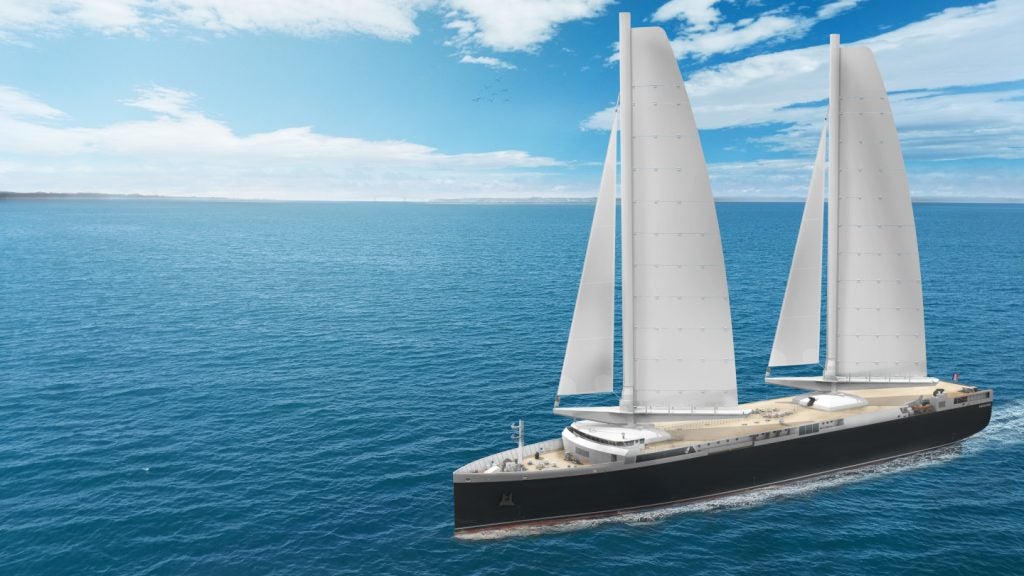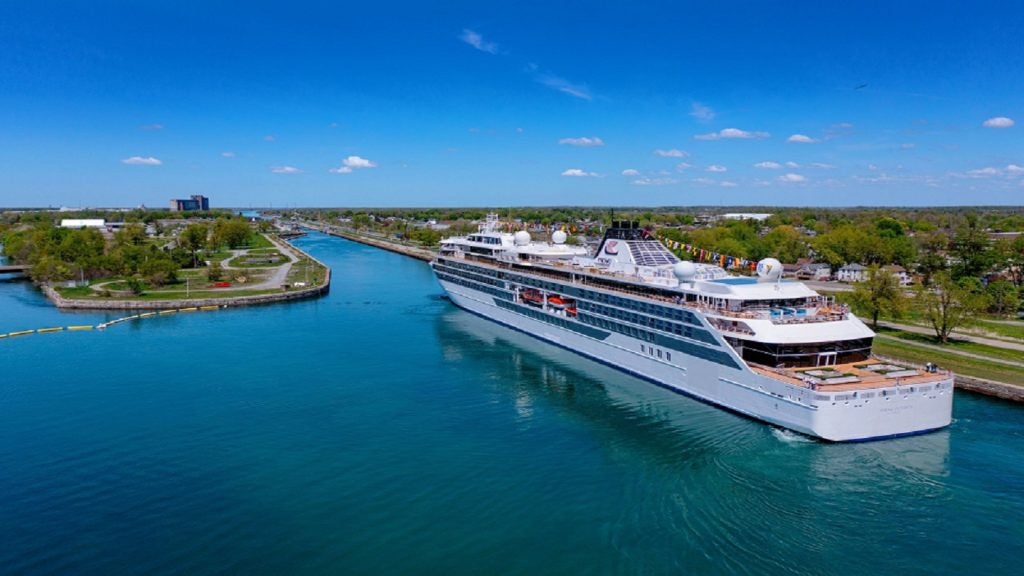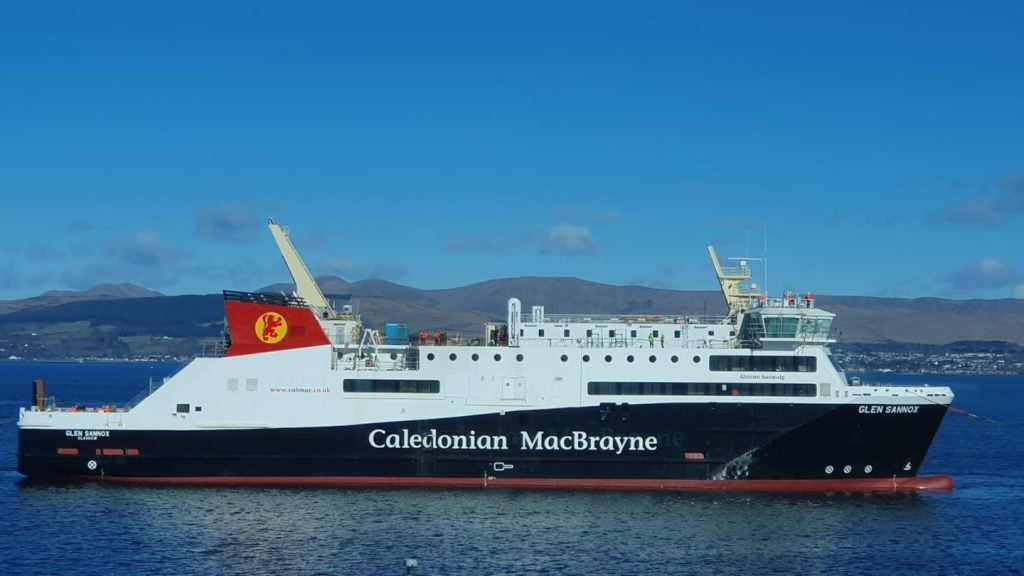Lantana Planet is a very large gas carrier (VLGC) equipped with a dual-fuel engine that uses liquefied petroleum gas (LPG) and low-sulphur fuel oil.
The ship is owned by Nippon Yusen Kaisha (NYK), a shipping company based in Japan, and has been chartered to global LPG company Astomos Energy, which is also headquartered in Japan.
The Lantana Planet’s naming ceremony was held in December 2022, and the vessel was delivered in January 2023. It is the second dual-fuel VLGC delivered to NYK, as well as the company’s 69th LPG carrier. The first VLGC, Lupinus Planet, was delivered in October 2022.
The LPG-powered VLGCs will produce 85% less sulphur oxide (SOx) and 15% less carbon dioxide (CO₂) compared to VLGCs powered by marine fuel oil engines, which is expected to significantly reduce greenhouse gas emissions and minimise environmental impact in the shipping industry.
Additionally, the environmental-friendly build of the LPG carrier meets SOx emission standards and Energy Efficiency Design Index (EEDI) Phase Three regulations.
Lantana Planet design and features
Lantana Planet has a length of 229.9m, with a moulded breadth of 37.2m, moulded depth of 21.9m and moulded draft of 11.6m. It has a gross tonnage of 49,943t and a deadweight of 55,153t.
The vessel can sail at a speed of approximately 17k. It has a cargo tank capacity of 84,169m³, including an on-deck tank capacity of 2,500m³.
The on-deck tanks enable LPG for fuel and LPG cargo to be loaded onto the ship separately. They also enable more LPG to be loaded for fuel, which enhances the vessel’s cruising range. In addition, a piping system has been installed to connect the LPG fuel and cargo tanks, which enables extra LPG to be transferred to the LPG fuel tanks if required.
The carrier can complement a crew of 30 people.
Propulsion
Lantana Planet is equipped with a dual-fuel Kawasaki-MAN B&W 7S60ME-C10.5-LGIP engine, which is designed to operate on LPG fuel and marine diesel oil. It is the world’s first MAN B&W S60-type LPG-powered dual-fuel engine.
The dual-fuel engine provides a rated power output of 12,850kW at 84rpm. It consists of seven cylinders, which each have a diameter of 60cm.
In contrast to conventional two-stroke diesel engines, which run on heavy oil, the ME-LGIP engine significantly reduces CO₂, NOx and SOx emissions when using LPG fuel.
The vessel also features the Kawasaki rudder bulb system with fins (RBS-F) as well as a semi-duct system with contra fins (SDS-F) to help reduce fuel consumption.
The RBS-F is mounted on a rudder and comprises a rudder bulb as well as airfoil-shaped fins to help reduce the required propulsive power by between 2% and 7%. The SDS-F is installed in front of the propeller. It is made up of a semi-duct and contra fins, which work together to reduce the required propulsive power by 3% to 7%.
Sustainable features
The Kawasaki-MAN B&W 7S60ME-C10.5-LGIP engine is equipped with a low-emission system, called the Kawasaki-ECO System (K-ECOS Lite), which consists of an exhaust gas recirculation (EGR) system, turbocharger cut-out system and wastewater treatment system. The K-ECO Lite simultaneously lowers fuel consumption and enables the engine to meet nitrogen oxide (NOx) Tier Three regulations.
The dual-fuel main engine and generator include a selective catalytic reduction (SCR) system and air quality control system (AQCS), which purify the exhaust gas to reduce NOx emissions. This allows the vessel to sail in Emission Control Areas (ECAs).
Contractors involved
Kawasaki Heavy Industries (KHI), a shipbuilding company based in Japan, was engaged to build the Lantana Planet vessel.
KHI received the order for the construction of two VLGCs, namely Lupinus Planet and Lantana Planet, in February 2021. The vessels were built at KHI Sakaide Works’ shipyard, located in Japan.

